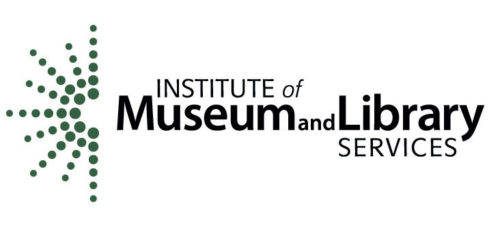“Runaway” Film Explores Complex Motivations of the Enslaved
Imagine an enslaved woman as she considers — in a matter of seconds — whether to turn in a fugitve from slavery or help him escape; perhaps she could even join him in pursuit of freedom. What goes through her head? Who does she think about?
In Runaway, a short film now available on Historic Hudson Valley’s (HHV) website and YouTube, viewers watch a young woman in exactly that situation. She’s Sue, an enslaved person who was living and laboring at Philipsburg Manor in Sleepy Hollow at a time when fugitive are known to have passed through.
The facts of the encounter are based on a runaway advertisement that ran in the New-York Weekly Journal on October 27, 1740. A 21-year-old enslaved man named Galloway was “seen and challenged” at the manor’s mill and escaped after “asserting he was sent in pursuit” of a Cuban runaway. The ad offered a reward of 40 shillings for his capture.
Sue isn’t mentioned in the newspaper. She joined the drama when it was written for live performances to school groups visiting Philipsburg Manor. It is her character, based on a name in the Philipsburg Manor Inventory of 1750, who decides to help Galloway on this journey to reunite with his family and it is through Sue that audiences learn more about the complex relationships and power dynamics between the enslaved and their enslavers.
Teachers valued the theatrical version, but they wanted more. An online, film-based resource would reach wider audiences, they said. And they needed tools that could provide historical context for contemporary discussions of race that would help them address their middle and high school students’ questions about the legacy of slavery.
Thanks to a grant from the Institute of Museum and Library Services, that play became Runaway, which tackles the subject of resistance and demonstrates the courage displayed by the enslaved.
“Runaway explores the lives of individuals, and ways they lived in moments of uncertainty,” said script co-writer Michael Lord, HHV’s Director of Content and Delivery. Lord also wrote the original theatrical version.
The horrific circumstances of slavery can be challenging to describe through lectures, texts and other typical methods of teaching, Lord said. Film, however – especially the genre of historical fiction – allows students to grasp the complex emotions at play in these difficult situations with empathy. While Runaway focuses on one encounter it gives a full, rich voice to the countless enslaved individuals who chose to flee captivity. Indeed, the film has the power to spread that voice to audiences well beyond the Philipsburg Manor gate.
Runaway the film is accompanied by a corresponding curriculum for teachers, developed with the guidance of Dr. Jacqueline Simmons of Teachers College, Columbia University. Runaway and the Runaway curriculum are now available online alongside a host of other resources for teachers, students, and lifelong learners, in the Slavery in the Colonial North section of HHV’s website.
Runaway was made possible in part by the Institute of Museum and Library Services.









